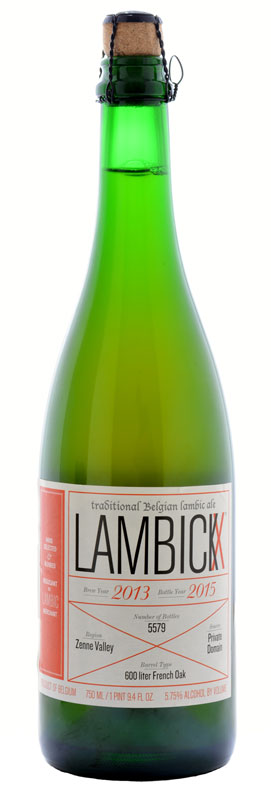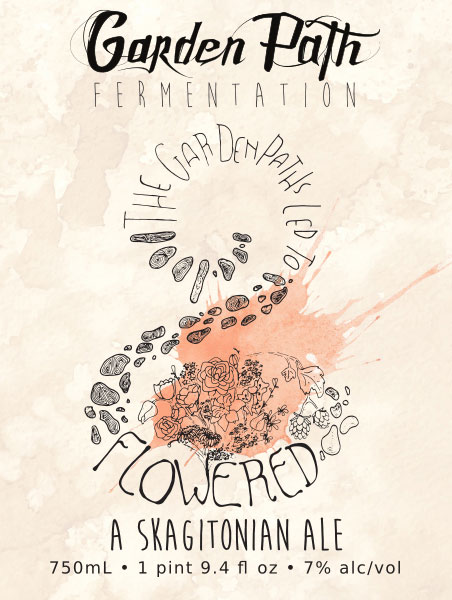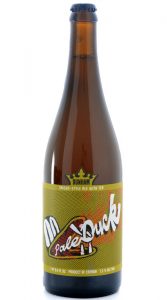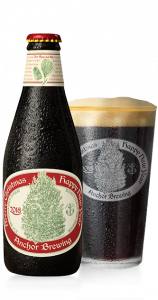 Alright, one last swing at this trend before The Summer of Seltzer comes to its close. Shout out to the folks at the San Francisco Chronicle for recently doing the unenviable task of blind-tasting through 38 different varieties of hard seltzer in the name of science. Key finding: “In our professional opinion, there are some not terrible hard seltzers, but there are no actually good hard seltzers.” That was pretty much my take after tasting through a couple dozen of them a few years back for work—and neither result’s surprising. This has nothing to do with taste.
Alright, one last swing at this trend before The Summer of Seltzer comes to its close. Shout out to the folks at the San Francisco Chronicle for recently doing the unenviable task of blind-tasting through 38 different varieties of hard seltzer in the name of science. Key finding: “In our professional opinion, there are some not terrible hard seltzers, but there are no actually good hard seltzers.” That was pretty much my take after tasting through a couple dozen of them a few years back for work—and neither result’s surprising. This has nothing to do with taste.
It’s interesting to look at the responses to this coverage on the Chronicle’s Insta page, which basically boils down to competing values: “Why don’t you have tastebuds?” vs. “Why don’t you like fun?” I don’t have enough room to turn this into a sociology deep-dive (which also doesn’t sound super fun), but I think it’s interesting to think about where one fits into these annual summer drinking trends that all fade pretty fast: hard root beer, frosé, aperol spritz…
For people excited by these Instagrammable trends (not me), it’s partly about knowing about this new thing, about being up on a certain part of culture—and it’s frankly not very different from riding the hazy-IPA train (def me), or pastry-stout blimp, or whatever’s next in beer. It feels tribal, because it totally is. And I think it’s particularly interesting to consider how these various competing values (flavor vs. how a beverage looks and feels, for example) figure into how the craft beer world’s shaping up. I might even get around to sampling that black cherry White Claw this weekend (per recommendations…). I just can’t imagine making a habit of it.







